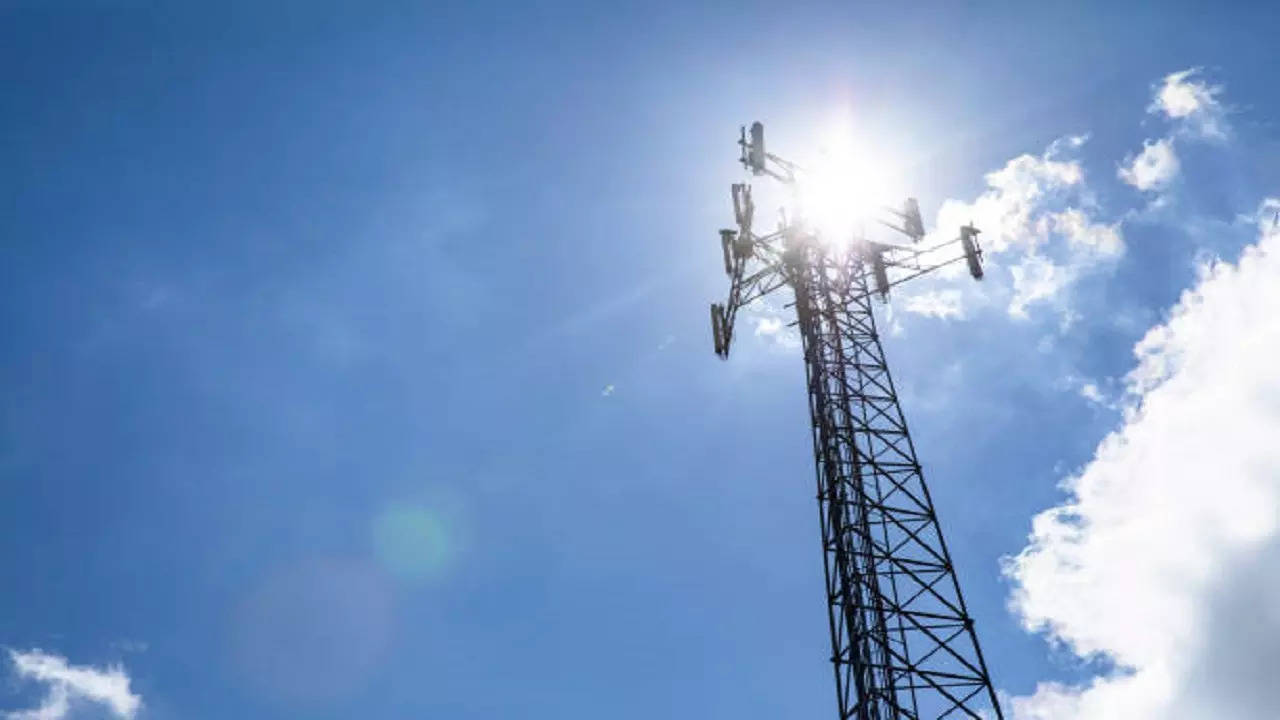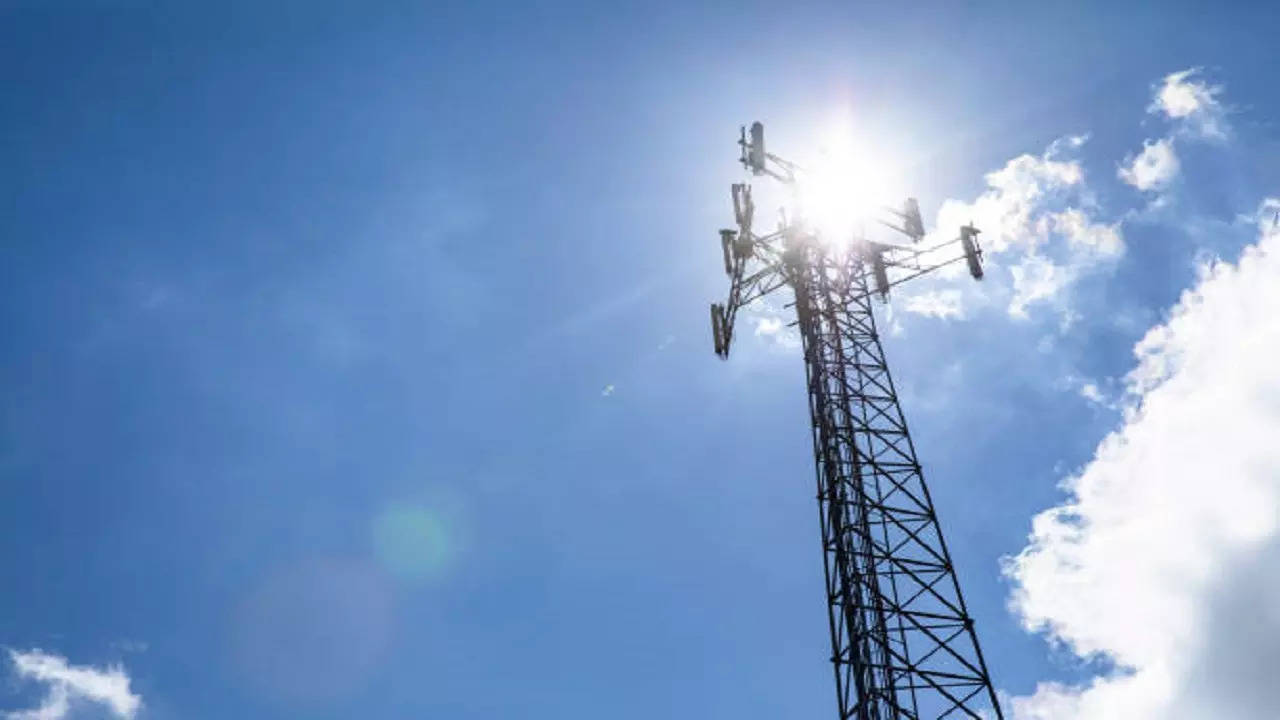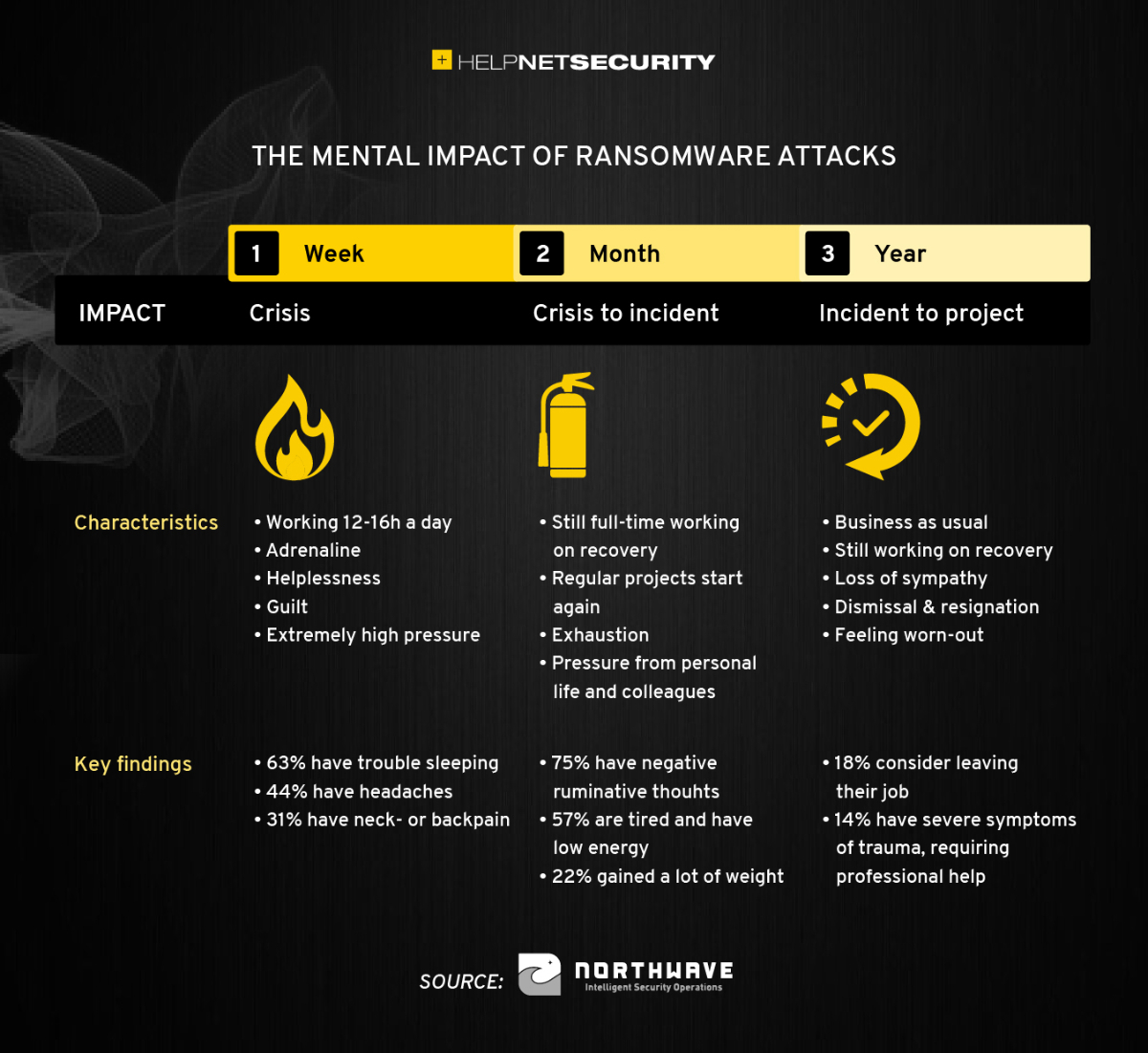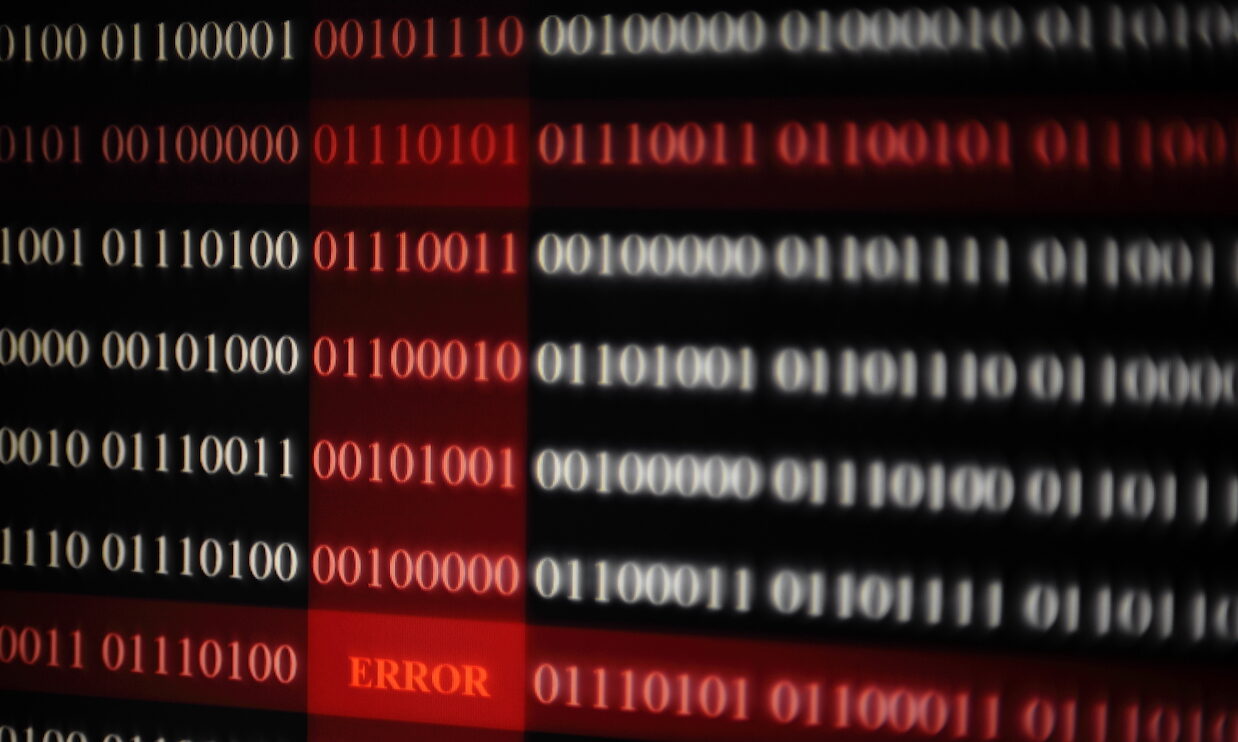Leonardo Prepares To Test Air Launched Effects On AW159 Wildcat Helicopter
Preliminary trials have already been performed and testing on the AW159 is expected by the end of the year.
Leonardo and Anduril Industries completed in December 2022 a number of live trials with Air Launched Effects (ALE) at Predannack Airfield in Cornwall. The tests involved the use of Crewed-UnCrewed Teaming (CUC-T) control software and the ALTIUS-600 drone (produced by Anduril’s subsidiary Area-I), the latter being flight tested for the first time in the United Kingdom.
Leonardo said this trial built upon the September 2020 demonstration when a semi-autonomous UAV from Callen-Lenz Associates integrated into an AW159 helicopter’s mission system, allowing the crew to control the drone from the cockpit as if it was one of the aircraft’s on-board sensors. During the December 2022 trial, the Leonardo / Anduril Industries team was able to evaluate and gather real-world performance data on a range of hardware and software components critical to future collaborative drone capabilities.
The team developed and practiced the drone to aircraft coordination, flight maneuvers, waypoints, loiter positions and overall Command and Control (C2) necessary for multiple aircraft to function together, autonomously. The exercises have boosted the company’s knowledge in CUC-T and ALE data management, laying the groundwork for future, more complex trials.
Leonardo also said the next step will see trials with more drones flying simultaneously at beyond-line-of-sight ranges. This type of trials is considered essential in developing future ALE capabilities. ALEs are also being heavily tested in the United States as part of the Future Vertical Lift “ecosystem” and, specifically, one of crucial pieces of the manned Future Attack Reconnaissance Aircraft.
According to FlightGlobal, Leonardo is working to deploy the ALTIUS-600 from a Wildcat helicopter by the end of the year. Dr Simon Harwood, director capability, Leonardo UK, is hopeful that flight tests can be performed in 2023; the company is “conducting a lot of pre-work clearance trials” to enable later this year “integration of that capability on to the platform to conduct those air trials”, he says to FlightGlobal.





